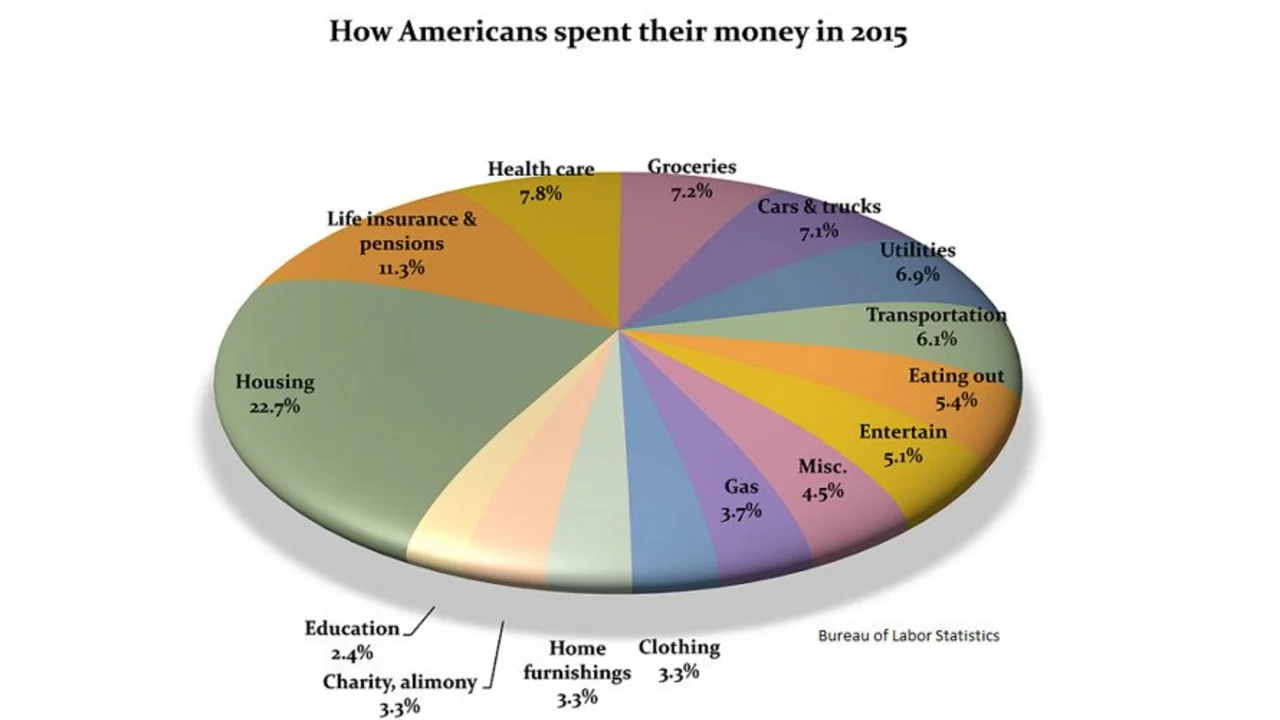
High Administration Costs: An Overlooked Drain
We often look at the cost of education in terms of tuition, textbooks, and other student-related expenses. However, one of the major ways money is wasted in the American education system is through high administration costs. The amount of money spent on administrative personnel, including salaries, benefits, and overhead, can be staggering. While it is important to have strong leadership and support staff, the question remains whether all these positions are necessary or if the money could be better spent elsewhere.
It's also worth noting that these administrative positions often come with high salaries, while teachers, who are directly responsible for educating our children, are frequently underpaid. It seems counterintuitive to spend so much on administrative costs when there are classrooms lacking basic supplies or teachers buying materials out of their own pockets. This imbalance in spending is a significant way money is wasted in our education system.
Outdated Textbooks and Teaching Materials
Another major area of financial waste is the purchase of outdated textbooks and teaching materials. It’s a common practice to replace textbooks every few years, even when the information in them hasn't significantly changed. This leads to a tremendous amount of waste, both in terms of money and resources.
In today's digital age, there are many more cost-effective and environmentally friendly options available. Digital textbooks and resources can be updated as needed, often for a fraction of the cost of physical textbooks. By moving away from the traditional textbook model, the education system could save a significant amount of money.
The Cost of Standardized Testing
Standardized testing is a hot-button issue in the American education system. While some argue that it's a necessary measure of student progress, others point out that it's a massive drain on resources. The creation, distribution, and grading of these tests are all costs that add up quickly. Not to mention the time spent by teachers and students preparing for these tests, time that could be used for more valuable learning experiences.
Furthermore, many critics argue that these tests don't accurately reflect a student's abilities or potential. They often favor students from certain backgrounds or those with specific learning styles, further widening the achievement gap. The money spent on these tests could arguably be better used in other areas of education.
Unnecessary School Facilities and Equipment
Schools often feel pressure to have the latest and greatest facilities and equipment, whether it's a state-of-the-art gymnasium, a top-notch science lab, or a fleet of shiny new school buses. While these things can certainly enhance a student's educational experience, they also come with a hefty price tag.
It's important to question whether these big-ticket items are truly necessary, or if the money could be better used elsewhere. For example, could that money be spent on hiring more teachers to reduce class sizes, or on providing additional resources for students with special needs? These are the types of questions that need to be asked when examining waste in the American education system.
Overcrowded Classrooms and Overspent Budgets
Overcrowded classrooms are a common issue in many American schools. With more students in a class, it's harder for teachers to give each child the attention they need. This not only affects the quality of education but also leads to higher costs in the long run.
When classrooms are overcrowded, schools often need to hire additional staff, invest in more resources, or even build new facilities. These are all significant expenses that could be avoided with better planning and resource allocation. Instead of pouring money into overcrowded classrooms, it would be more cost-effective to invest in measures that prevent overcrowding in the first place.
Inefficient Use of Technology
Technology has the potential to revolutionize education, but only if it's used efficiently. All too often, schools invest in expensive technology without a clear plan for how it will be used. This can lead to a significant waste of money, as the technology goes unused or is used ineffectively.
Furthermore, schools often fail to budget for the ongoing costs of technology, such as maintenance, updates, and training for staff. This leads to additional financial waste down the line. By making more strategic decisions about technology use, schools could save a significant amount of money and improve the quality of education at the same time.
